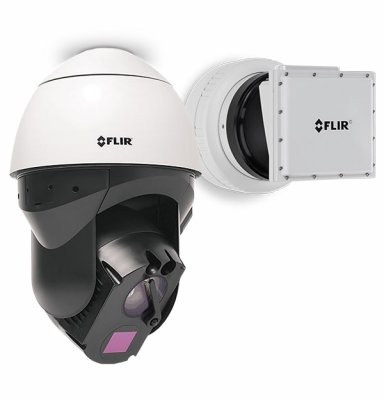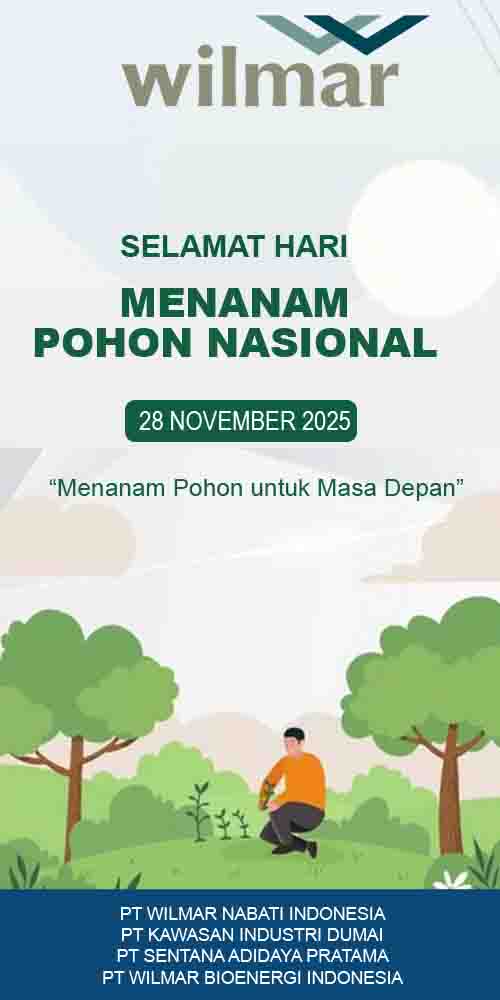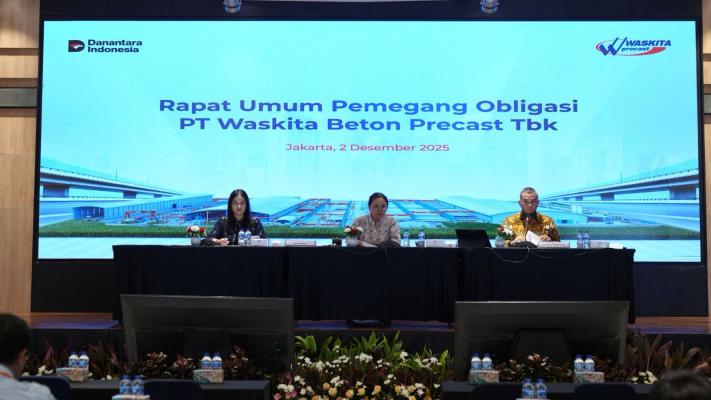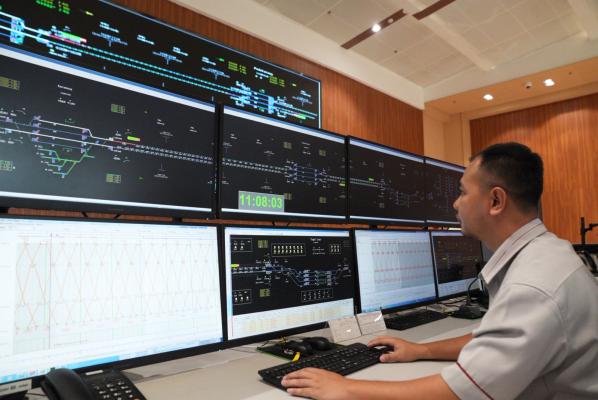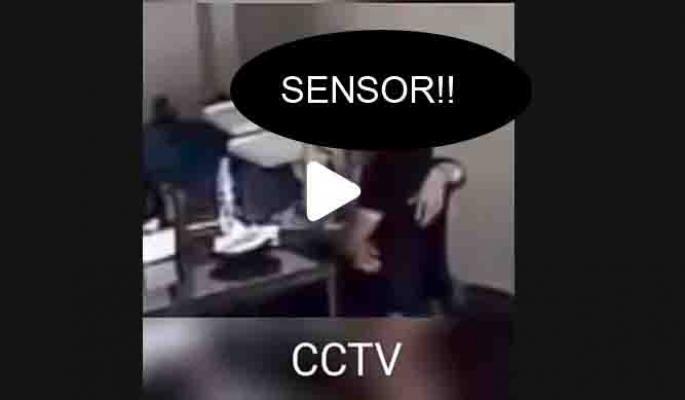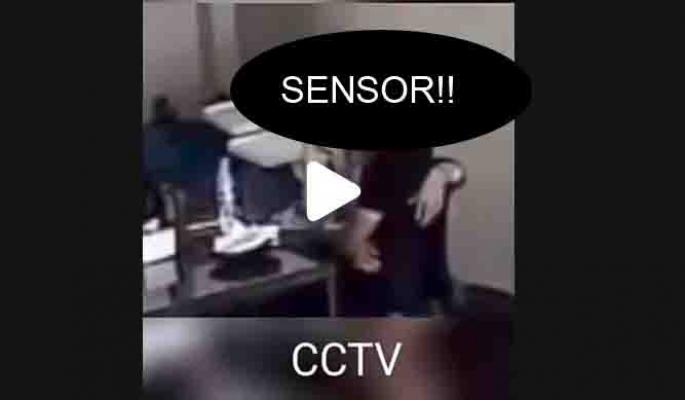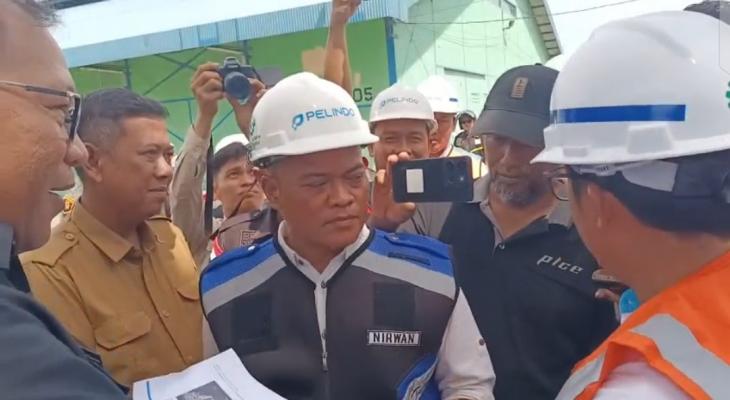The Tangible Advantages of Flir Nexus
While many security professionals are becoming increasingly aware of Flir Nexus, some remain unclear on the tangible advantages this advanced innovation can offer.
Kamis, 23 Oktober 2025 | 13:24
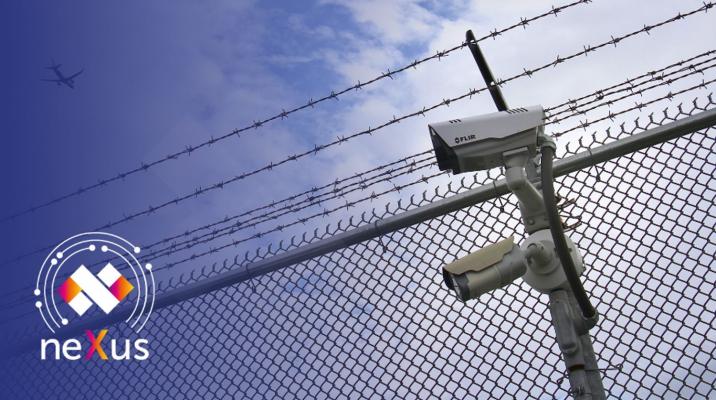
So, who better to provide a few key insights than Flir Security Software
Architect and all-round Nexus Guru, Ignacio Vilches Rojo'
In thinking about a conventional design for perimeter security, many would expect the system to include a variety of detection and data handling/processing technologies.
Reading the Situation: How Flir Nexus Enhances Situational Awareness
Flir Nexus is a software and proprietary communication protocol for thermal imaging systems that helps bridge the gap between devices and systems, ensuring a more complete understanding of the environment outside and inside a security perimeter.
To execute a high level of situational awareness, a customer typically requires some form of advanced software that collects the geodata presented by different sensors before co-ordinating proper hand-offs as the target moves. Flir Nexus meets this ambition in a different way. It allows edge devices to communicate in a server/client format without the need for any software or a server in the middle, reducing the cost of ownership.
Flir Nexus devices facilitate straightforward installation since all edge devices communicate in real-time, only requiring simple configuration.
“When combined with our camera analytics for detection, Nexus can identify, locate and track targets at the edge,” says Ignacio. “As a potential threat moves through the scene, Nexus-enabled devices communicate the geodata to other Nexus devices and provide seamless hand-offs for continuous tracking. This capability ensures you have complete situational awareness to make informed decisions.”
Another advantage is that Nexus allows customers to extend their coverage over large areas using fewer devices, making the provision of total situational awareness far more affordable.
The Flir Nexus Difference: Futureproof, Modular, and Intelligent
Nexus's modular architecture is a major market differentiator. Its strategic building block approach forms a robust, multi-layered, and fully integrated security solution. Always employing the same base structure to help create the optimal solution ensures backwards compatibility, simplifying the task of making future additions or changes, even if they take place many years down the line. This level of futureproofing ensures Nexus retains its considerable capability advantages.
“By combining thermal, visible and ground-based radar imaging with Flir's classification analytics, the multi-layered Nexus helps detect, identify, track and act over a long range and in any weather conditions,” says Ignacio. “Notably, you can detect threats in real time, which is important for rapid response and the ability to adapt continuously in the face of security breaches.”
While many other communication protocols exist, some of which are open, most were developed and defined before the widespread adoption of thermography processes in the security arena. At that time, developers were instead focusing on visible spectrum cameras.
“Right now, Nexus is the only protocol that permits access to all the different features and settings required to achieve a high level of integration with Flir sensors, providing you with the best image. Notably, the camera becomes a server by definition because it provides functionality that can be connected to and used. It also becomes a client of other cameras using the Nexus protocol. I see this as a further differentiator that allows us to really ‘explode' Nexus features for use by the cameras themselves, providing access to a whole new world of possibilities.”
A Sense of Space: How Flir Nexus Integrates Radar and Geodata
A good example involves the integration of radar. By providing detection from radars as points in space (latitude and longitude), it becomes possible to show them on a map, point to them with cameras, or simply provide alarms—a major advantage in security.
“Why not create a ‘window' from a video and make objects appear in the real world through latitude and longitude co-ordinates,” explains Ignacio. “It required advanced mathematics, and you need good calibration to ensure accuracy, but using Nexus ultimately means a target in the video now becomes a target in the real world, where things happen and make sense. Seeing an object on a map means you really see it moving towards you. It has more meaning.”
He adds: “Nexus is the software... is the protocol... is a way of working. It's far more than a translator, as some people think, because it also provides geodata. Sure enough, external software can sometimes provide an improvement because you could have a huge map hosting all the videos. We're not trying to replace that with Nexus, we're simply looking to enhance the user experience regarding situational awareness, which is a huge factor for the security market right now.”
Nexus provides a clear pathway to enhancing real-time monitoring and data analytics, and Flir has taken the same approach for some time.
“Nexus supports a mix of question-and-answer communication alongside a parallel stream of information delivered asynchronously. System operators therefore receive real-time status of whatever is taking place—all thanks to Nexus and the huge amount of information it offers for each device. For example, Nexus provides the camera's field of view and the position of its pan and tilt in real time. It's not a very common capability in the market even now, but the creators of Nexus almost 20 years ago were incredible visionaries and could see the future needs of today's market.”
Sure, there are many different ways to achieve the same outcomes or alarms, but Nexus makes it easier.
“For me, the value is not so much about the result, but how easy it is to achieve that result,” says Ignacio.
 Global Impact: Flir Nexus and the Future of Thermal Imaging Security
Global Impact: Flir Nexus and the Future of Thermal Imaging Security
The impact that Flir Nexus is already imparting on thermal imaging and operational safety across global applications is considerable.
“Only Nexus is able to provide the broad spread of features required by all the different sensor types,” says Ignacio. “Flir algorithms provide customers with images that are crisp and accurate—without artefacts [unwanted/spurious features] - and which adapt continuously to the scene. It's akin to a human continuously tweaking the values to ensure the sensor always generates the best image. Nexus allows the configuration of the specific settings that are needed for these algorithms to work.”
Flir is one of few market players that manufactures sensors and devices for all types of applications, integrating intelligent imaging, thermal and visual technologies and advanced analytics to protect people, assets and operations—day or night, in any condition. The proprietary Nexus protocol allows FLIR devices to communicate with one another at the edge in real time, delivering accurate situational awareness.
Ignacio concludes: “There's an abundance of options available today when it comes to analytics. However, ask yourself if the analytics really help secure your perimeter, or do they simply generate nuisance alarms that render the overall solution less effective' Our Nexus-enabled devices help you create a simplified solution at a lower cost while ensuring the information provided to the operator is relevant and accurate.”
About Ignacio Vilches Rojo
Ignacio Vilches Rojo is a Security Software Architect at Flir and the driving force behind the Nexus platform. Passionate about creating smarter, more connected security systems, he helps shape the future of integrated sensing and situational awareness.
Flir Nexus: What Is It and What Tangible Gains Does It Provide in Thermography and Perimeter Security Applications'
A good way to understand Flir Nexus is to first grasp the central
challenges facing security managers today. According to Ignacio, the
primary one here is the need for greater situational awareness. “This
includes understanding a given circumstance, collecting and analysing
relevant information, and making informed decisions to address any
potential risks,” he explains.
In thinking about a conventional design for perimeter security, many would expect the system to include a variety of detection and data handling/processing technologies.
Flir typically works with customers to create a virtual barrier that
comprises a combination of thermal and visible cameras, and radar-which
are then coupled with detection analytics. These cameras work together,
using Nexus as the communication protocol, and provide accurate
information to track people, animals or vehicles. But there is one key
point to consider here:
“It's the action that follows a perimeter breach that determines how a
security team should respond. Unfortunately, this is where we see gaps
in security system designs which ultimately mean the operator does not
have total situational awareness.”
Flir Nexus is a software and proprietary communication protocol for thermal imaging systems that helps bridge the gap between devices and systems, ensuring a more complete understanding of the environment outside and inside a security perimeter.
To execute a high level of situational awareness, a customer typically requires some form of advanced software that collects the geodata presented by different sensors before co-ordinating proper hand-offs as the target moves. Flir Nexus meets this ambition in a different way. It allows edge devices to communicate in a server/client format without the need for any software or a server in the middle, reducing the cost of ownership.
Flir Nexus devices facilitate straightforward installation since all edge devices communicate in real-time, only requiring simple configuration.
“When combined with our camera analytics for detection, Nexus can identify, locate and track targets at the edge,” says Ignacio. “As a potential threat moves through the scene, Nexus-enabled devices communicate the geodata to other Nexus devices and provide seamless hand-offs for continuous tracking. This capability ensures you have complete situational awareness to make informed decisions.”
Another advantage is that Nexus allows customers to extend their coverage over large areas using fewer devices, making the provision of total situational awareness far more affordable.
Nexus's modular architecture is a major market differentiator. Its strategic building block approach forms a robust, multi-layered, and fully integrated security solution. Always employing the same base structure to help create the optimal solution ensures backwards compatibility, simplifying the task of making future additions or changes, even if they take place many years down the line. This level of futureproofing ensures Nexus retains its considerable capability advantages.
“By combining thermal, visible and ground-based radar imaging with Flir's classification analytics, the multi-layered Nexus helps detect, identify, track and act over a long range and in any weather conditions,” says Ignacio. “Notably, you can detect threats in real time, which is important for rapid response and the ability to adapt continuously in the face of security breaches.”
While many other communication protocols exist, some of which are open, most were developed and defined before the widespread adoption of thermography processes in the security arena. At that time, developers were instead focusing on visible spectrum cameras.
“Right now, Nexus is the only protocol that permits access to all the different features and settings required to achieve a high level of integration with Flir sensors, providing you with the best image. Notably, the camera becomes a server by definition because it provides functionality that can be connected to and used. It also becomes a client of other cameras using the Nexus protocol. I see this as a further differentiator that allows us to really ‘explode' Nexus features for use by the cameras themselves, providing access to a whole new world of possibilities.”
A Sense of Space: How Flir Nexus Integrates Radar and Geodata
A good example involves the integration of radar. By providing detection from radars as points in space (latitude and longitude), it becomes possible to show them on a map, point to them with cameras, or simply provide alarms—a major advantage in security.
“Why not create a ‘window' from a video and make objects appear in the real world through latitude and longitude co-ordinates,” explains Ignacio. “It required advanced mathematics, and you need good calibration to ensure accuracy, but using Nexus ultimately means a target in the video now becomes a target in the real world, where things happen and make sense. Seeing an object on a map means you really see it moving towards you. It has more meaning.”
He adds: “Nexus is the software... is the protocol... is a way of working. It's far more than a translator, as some people think, because it also provides geodata. Sure enough, external software can sometimes provide an improvement because you could have a huge map hosting all the videos. We're not trying to replace that with Nexus, we're simply looking to enhance the user experience regarding situational awareness, which is a huge factor for the security market right now.”
Nexus provides a clear pathway to enhancing real-time monitoring and data analytics, and Flir has taken the same approach for some time.
“Nexus supports a mix of question-and-answer communication alongside a parallel stream of information delivered asynchronously. System operators therefore receive real-time status of whatever is taking place—all thanks to Nexus and the huge amount of information it offers for each device. For example, Nexus provides the camera's field of view and the position of its pan and tilt in real time. It's not a very common capability in the market even now, but the creators of Nexus almost 20 years ago were incredible visionaries and could see the future needs of today's market.”
Sure, there are many different ways to achieve the same outcomes or alarms, but Nexus makes it easier.
“For me, the value is not so much about the result, but how easy it is to achieve that result,” says Ignacio.

The impact that Flir Nexus is already imparting on thermal imaging and operational safety across global applications is considerable.
“Only Nexus is able to provide the broad spread of features required by all the different sensor types,” says Ignacio. “Flir algorithms provide customers with images that are crisp and accurate—without artefacts [unwanted/spurious features] - and which adapt continuously to the scene. It's akin to a human continuously tweaking the values to ensure the sensor always generates the best image. Nexus allows the configuration of the specific settings that are needed for these algorithms to work.”
Flir is one of few market players that manufactures sensors and devices for all types of applications, integrating intelligent imaging, thermal and visual technologies and advanced analytics to protect people, assets and operations—day or night, in any condition. The proprietary Nexus protocol allows FLIR devices to communicate with one another at the edge in real time, delivering accurate situational awareness.
Ignacio concludes: “There's an abundance of options available today when it comes to analytics. However, ask yourself if the analytics really help secure your perimeter, or do they simply generate nuisance alarms that render the overall solution less effective' Our Nexus-enabled devices help you create a simplified solution at a lower cost while ensuring the information provided to the operator is relevant and accurate.”
About Ignacio Vilches Rojo
Ignacio Vilches Rojo is a Security Software Architect at Flir and the driving force behind the Nexus platform. Passionate about creating smarter, more connected security systems, he helps shape the future of integrated sensing and situational awareness.
BERITA LAINNYA
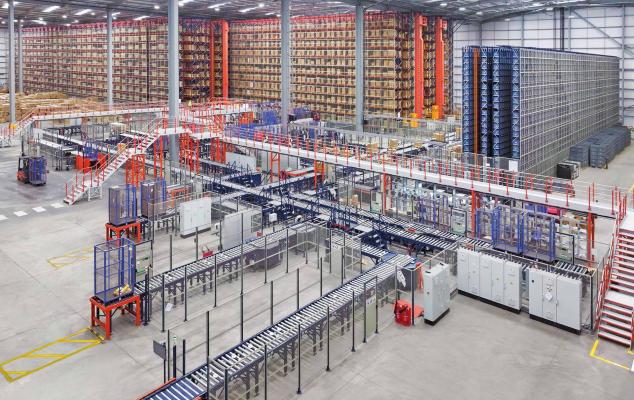
Kamis, 27 November 2025 | 20:16
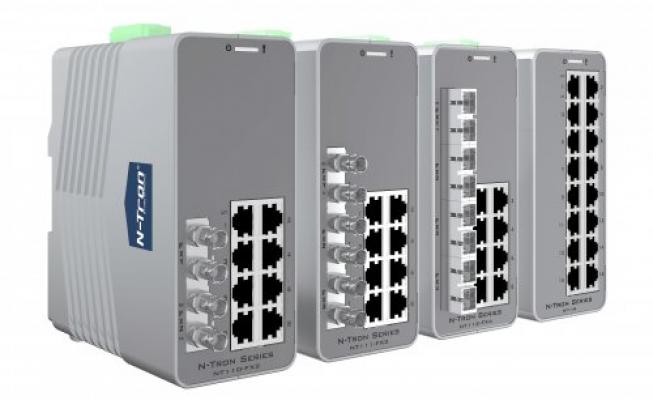
Selasa, 25 November 2025 | 13:45

Senin, 24 November 2025 | 10:40

Kamis, 06 November 2025 | 22:42

Senin, 03 November 2025 | 09:13

Senin, 20 Oktober 2025 | 18:19

Selasa, 30 September 2025 | 23:29


